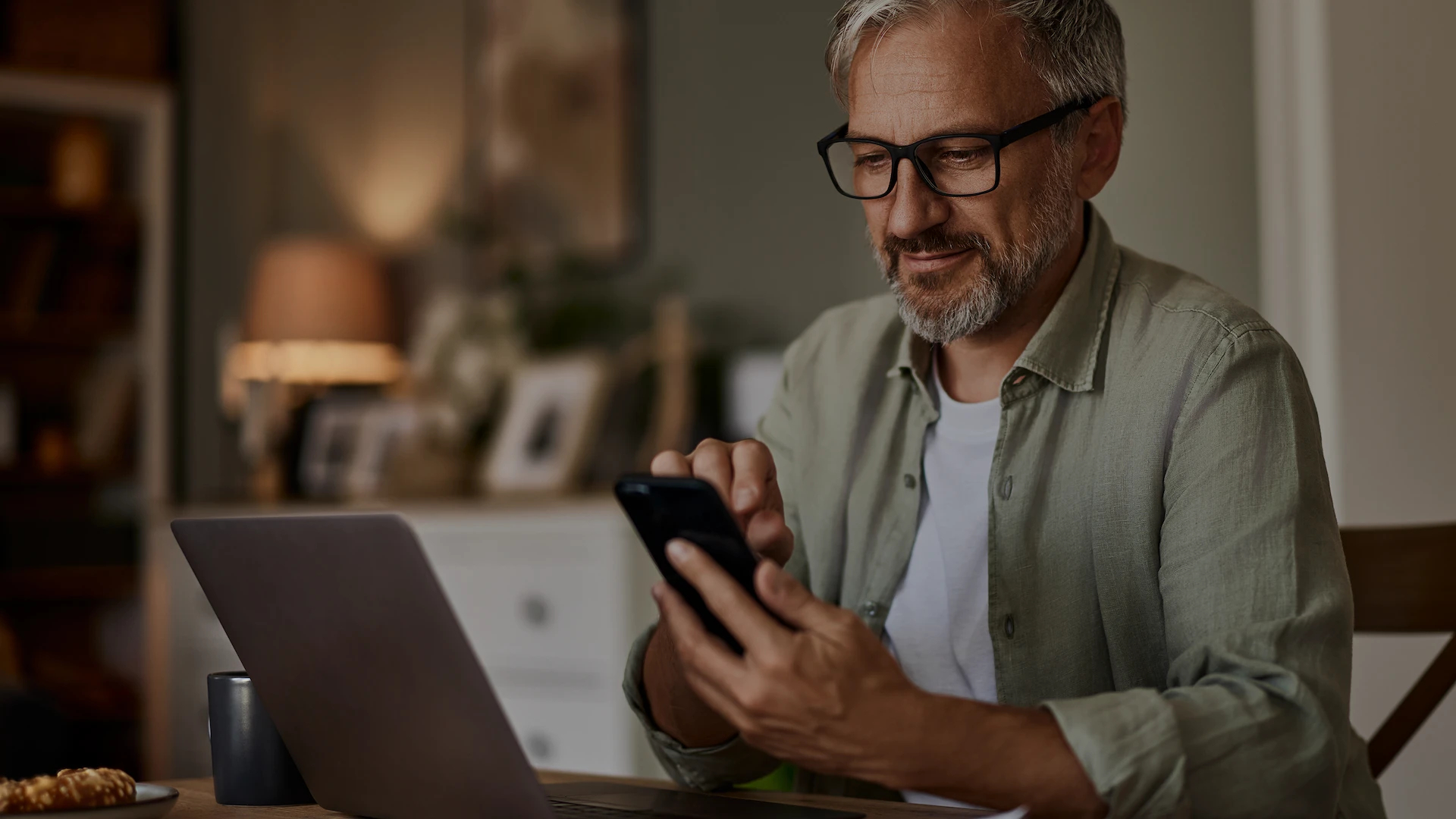Goodbye, buddy punching.
Turn your fixed time and attendance terminal into a facial recognition time clock,
at a fraction of the cost.
Turn your fixed time and attendance terminal into a facial recognition time clock,
at a fraction of the cost.
From scheduling to payroll and employee onboarding to HR management, Agendrix has you covered.
The Agendrix app takes a photo of the employee as they clock in and out, which can replace the need for a biometric time clock in some cases. Using a photo clock validates the identity of employees when they clock in, out or take a break.
The Agendrix photo punch does not replace time clocks that recognize biometric characteristics such as iris or fingerprints when employees clock in and out.
A biometric time clock is a time and attendance system that uses people’s unique characteristics (fingerprints, eyes, face shape, voice, etc.) to identify employees and record they hours they work.
Biometric punch clocks use sensors to recognize specific employee characteristics to record the hours they work. For example, they use facial recognition or fingerprint scanning to validate time entries.
When an employee clocks in during their shift, the time clock accepts the clocking-in only if the characteristics match the information recorded in the system.
Using a biometric time clock enables companies to better manage their employees’ working hours. By installing a biometric time clock, companies can verify the identity of employees, while ensuring that they are in the right place at the right time.
Using a biometric time clock typically offers the following benefits:
A biometric time clock uses unique biological characteristics such as fingerprints and facial features to recognize employees. It can then authorize time entries.
A digital time clock registers employee time entries in a computer or cloud-based system using the employee’s personal identification number.
The various time clocks used in companies include the following:

